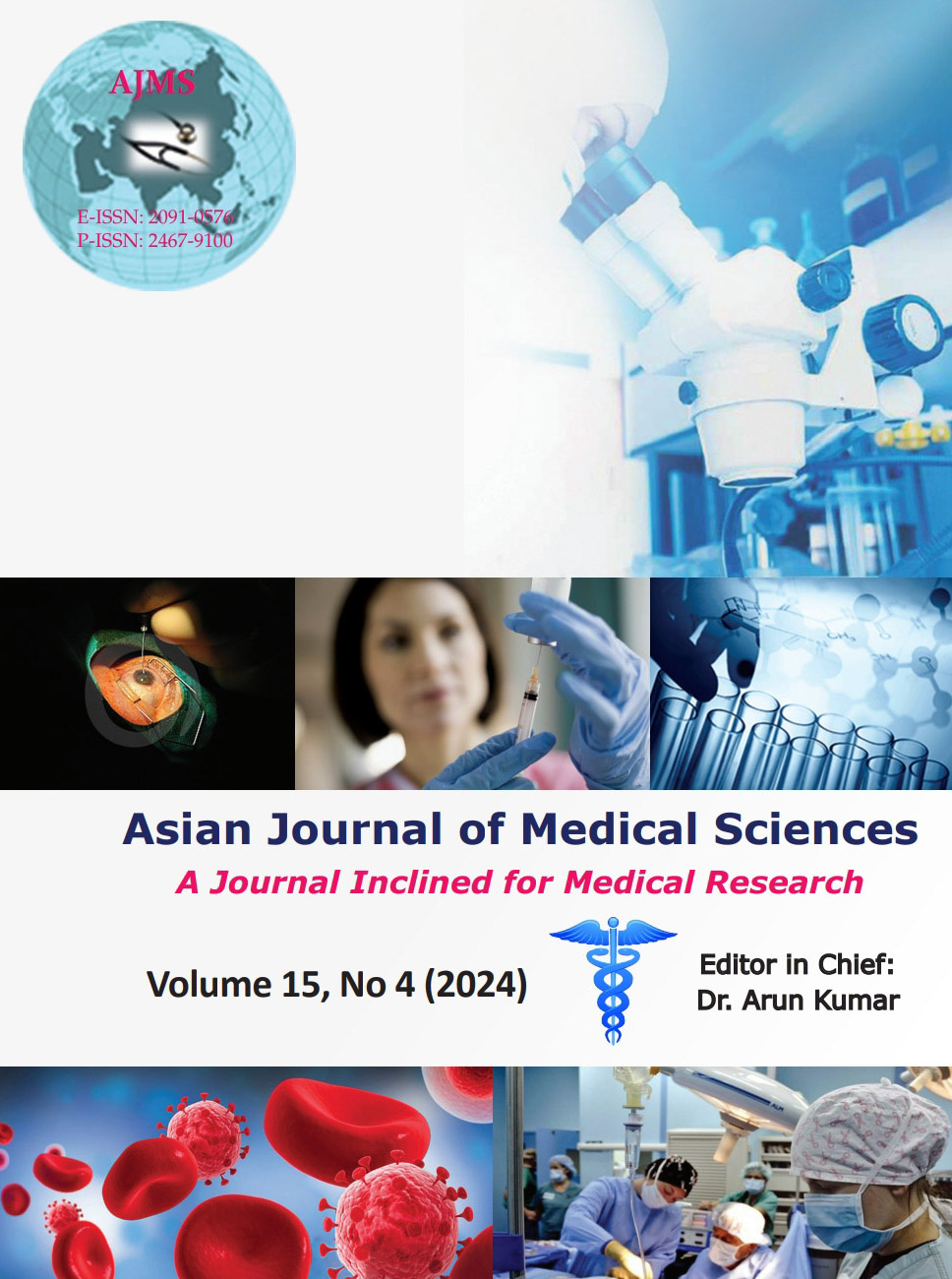Complications and retrieval of forgotten biliary stents: A clinical insight
Keywords:
Endobiliary stenting; Forgotten biliary stents; Cholangitis; Choledocholithiasis; Interventional gastroenterologyAbstract
Background: Endoscopic biliary stenting is a common procedure in gastroenterology that uses plastic stents for short-term bile drainage.
Aims and Objectives: This study explores the occurrence and consequences of forgotten or retained biliary stents.
Materials and Methods: Conducted at King George Hospital in Visakhapatnam over 8 months, the study includes 12 patients with forgotten biliary stents. Diagnostic confirmation used X-rays, abdominal ultrasound, and magnetic resonance cholangiopancreatography. Four patients faced complications such as fractured distal pigtails and blocked stents, making retrieval challenging through standard methods like endoscopic retrograde cholangiopancreatography (ERCP) and cholangioscopy.
Results: The study involved 12 patients (median age: 48 years), with choledocholithiasis being the main reason for stent placement in 10 cases (83.3%). On average, patients showed symptoms 31.3 months after stenting, mostly presenting with cholangitis (83.3%). Stent removal was successful in 8 cases (66.6%) using ERCP, while advanced procedures like cholangioscopy or surgery were needed in the rest. No mortality was reported.
Conclusion: Conducted during the COVID-19 pandemic, this study reveals a rise in neglected plastic biliary stents. Cholangitis, often with common bile duct stones, was a common complication. Standard ERCP techniques were less effective in cases with complicated stents, requiring alternative approaches like cholangioscopy or surgery. The cases emphasize the urgency of timely stent retrieval and the need to improve management protocols to prevent complications.
Downloads
Downloads
Published
How to Cite
Issue
Section
License
Copyright (c) 2024 Asian Journal of Medical Sciences

This work is licensed under a Creative Commons Attribution-NonCommercial 4.0 International License.
Authors who publish with this journal agree to the following terms:
- The journal holds copyright and publishes the work under a Creative Commons CC-BY-NC license that permits use, distribution and reprduction in any medium, provided the original work is properly cited and is not used for commercial purposes. The journal should be recognised as the original publisher of this work.
- Authors are able to enter into separate, additional contractual arrangements for the non-exclusive distribution of the journal's published version of the work (e.g., post it to an institutional repository or publish it in a book), with an acknowledgement of its initial publication in this journal.
- Authors are permitted and encouraged to post their work online (e.g., in institutional repositories or on their website) prior to and during the submission process, as it can lead to productive exchanges, as well as earlier and greater citation of published work (See The Effect of Open Access).




